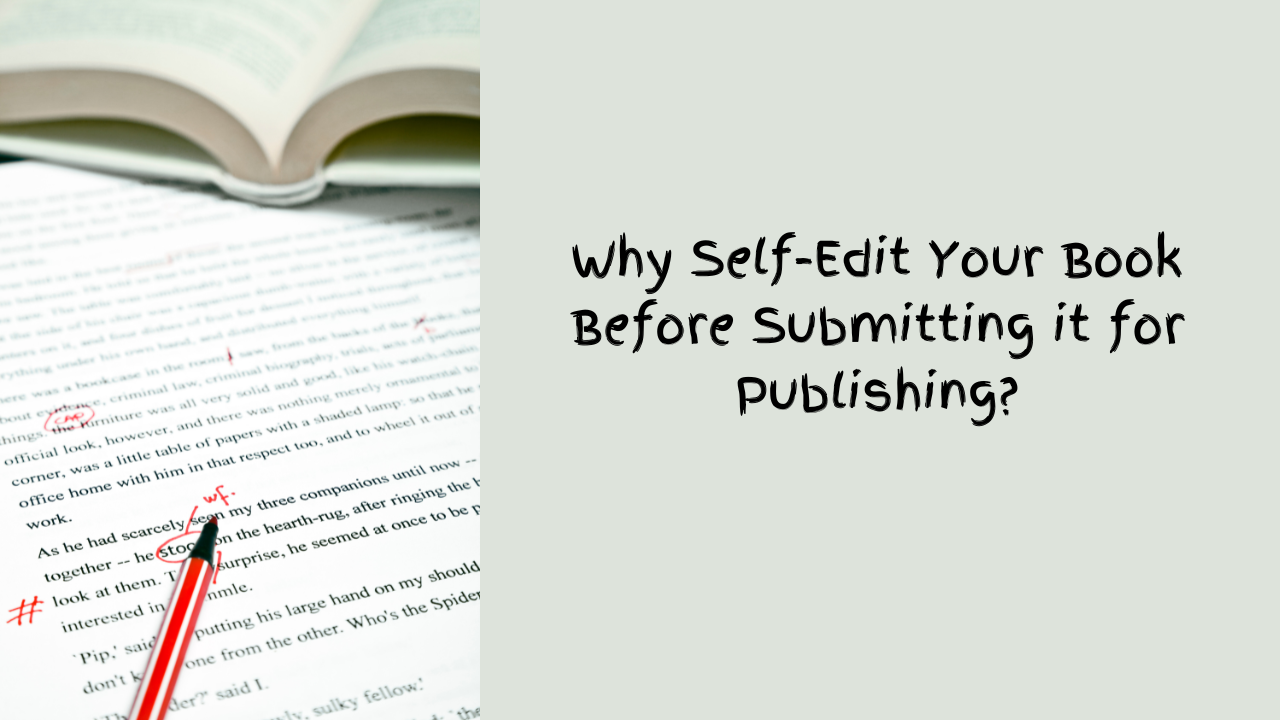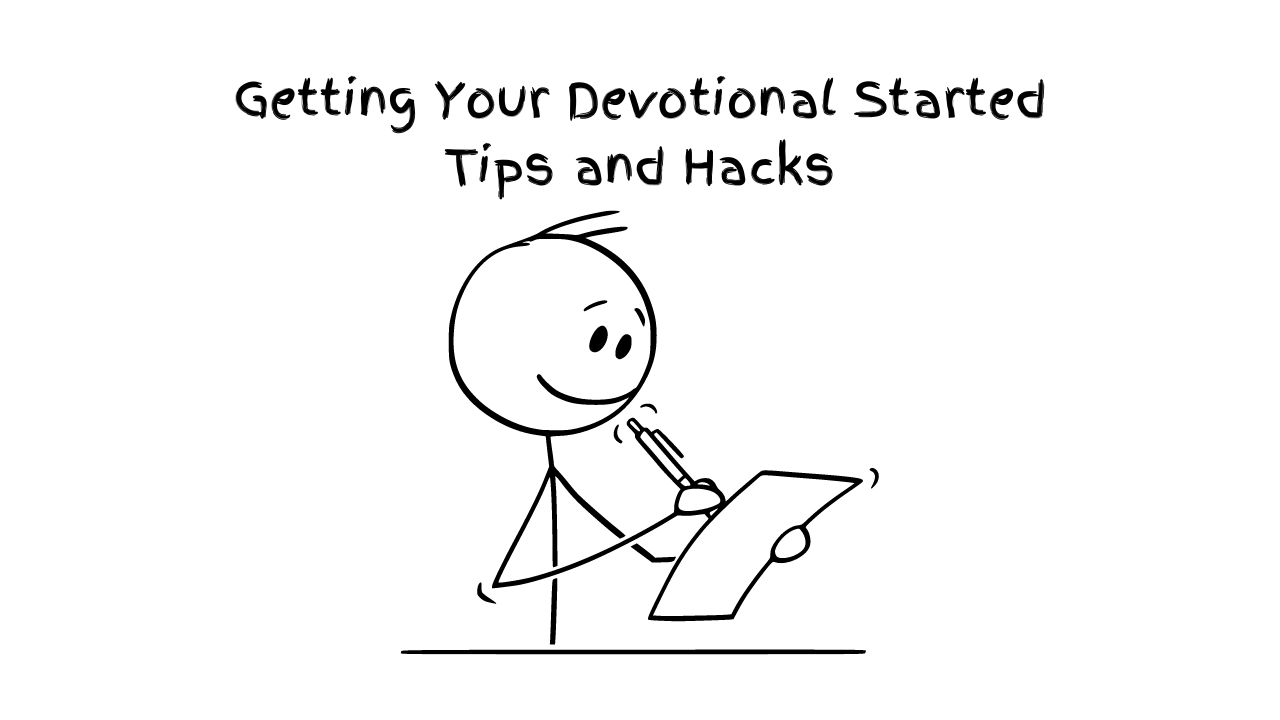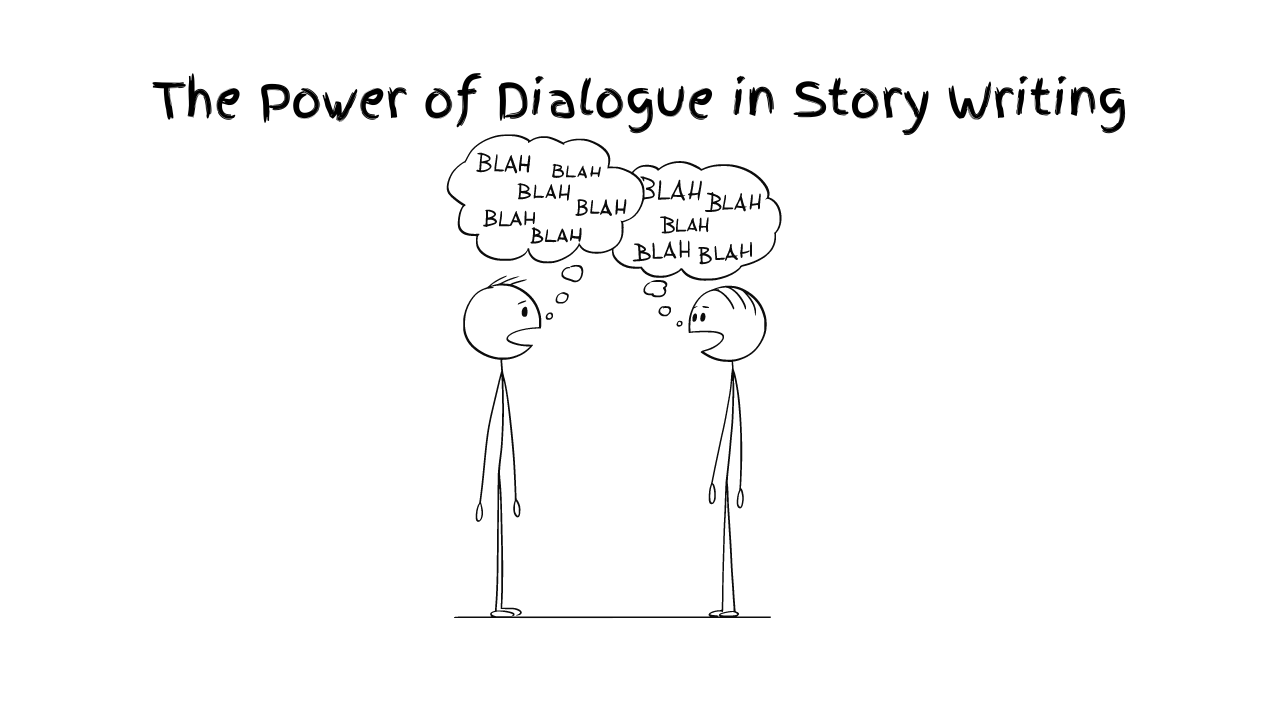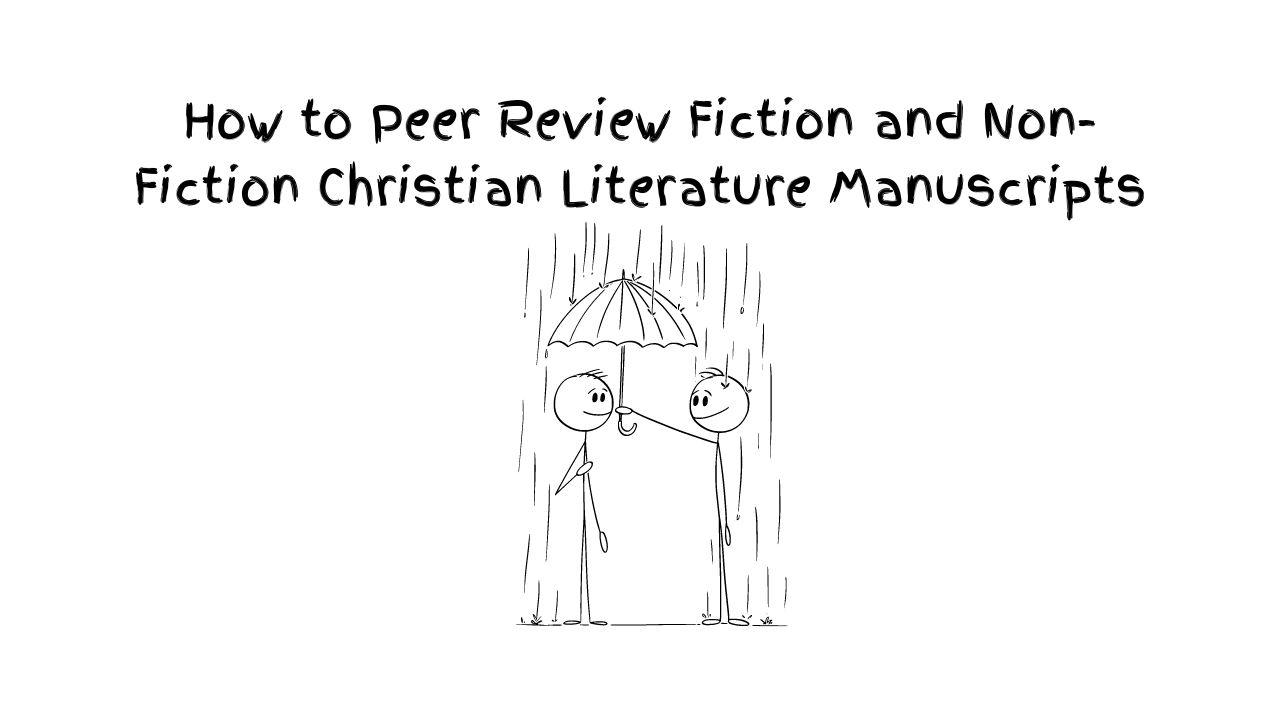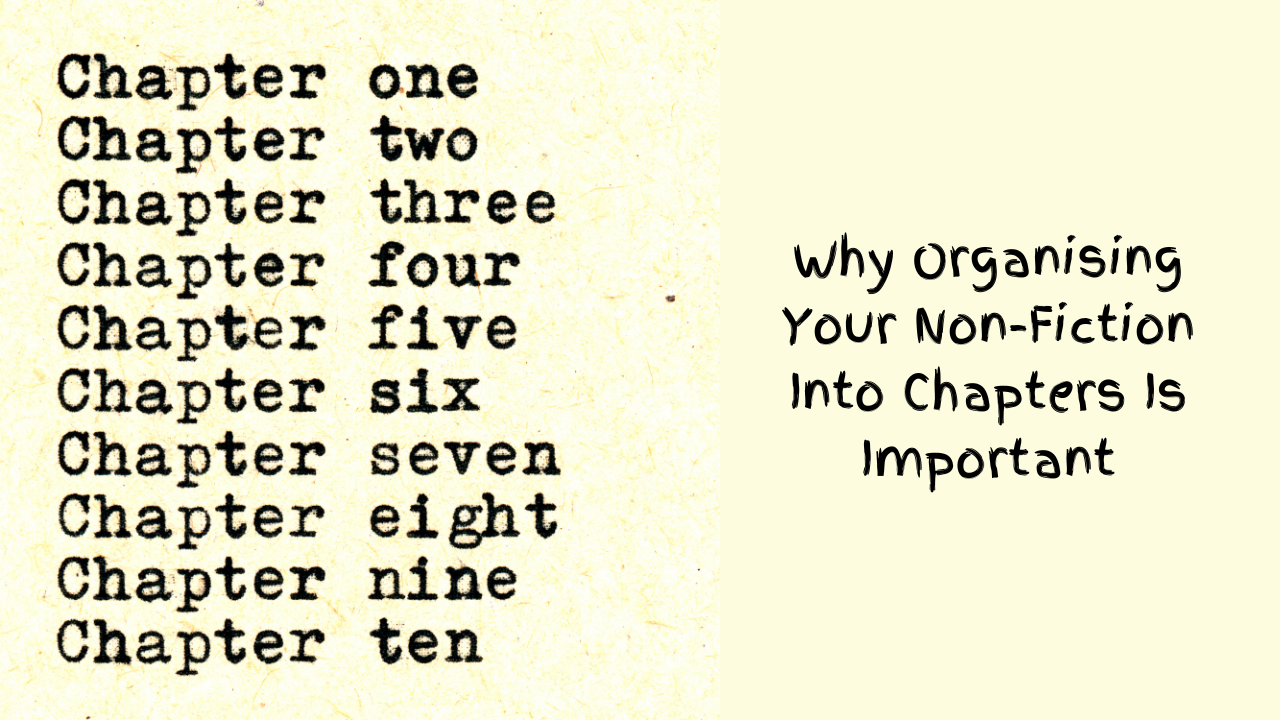Content Review:
- Accuracy: Verify facts, data, and references to ensure all information is correct and up-to-date.
- Clarity: Check if ideas are clearly and effectively communicated. Ensure that complex concepts are explained in a way that is easy to understand.
- Relevance: Ensure that each section and chapter contributes to the book’s main theme or argument and remove any off-topic material.
Structure and Organization:
- Flow: Assess the logical flow of information and how well each chapter transitions to the next. Make sure the book has a coherent structure.
- Chapter Arrangement: Verify that chapters are organized in a way that builds upon previous content and supports the book’s overall goals.
- Headings and Subheadings: Ensure that headings and subheadings accurately reflect the content of each section and help guide the reader.
Style and Tone:
- Consistency: Check for consistency in tone, style, and voice throughout the manuscript. Make sure it aligns with the intended audience and purpose.
- Engagement: Evaluate whether the writing engages the reader and maintains their interest. Look for opportunities to make the content more compelling.
Grammar and Syntax:
- Grammar: Correct any grammatical errors, including punctuation, sentence structure, and word usage.
- Syntax: Ensure that sentences are clear and logically constructed. Avoid overly complex or convoluted sentences.
Formatting:
- Consistency: Ensure that formatting is consistent throughout the manuscript, including font size, line spacing, and indentation.
- References: Check the formatting of citations, footnotes, and bibliographies to ensure they adhere to the chosen style guide.
Redundancy and Conciseness:
- Repetition: Identify and eliminate redundant or repetitive content. Ensure that each section contributes new information or perspectives.
- Conciseness: Trim unnecessary words or overly lengthy explanations to make the writing more concise and impactful.
Feedback Integration:
- Incorporate Feedback: If you’ve received feedback from beta readers or reviewers, incorporate their suggestions and address any concerns they’ve raised.
Why Self-Edit Your Book Before Submitting it for Publishing Yet the Publisher Will Still Edit Again?
Shows Professionalism: A well-edited manuscript demonstrates to publishers that you are serious about your work and have put in the effort to polish it. This can make your submission stand out and increase the likelihood of acceptance.
Saves Time and Money: While publishers will edit your manuscript, self-editing helps reduce the amount of work they need to do. This can potentially save time and money on editing costs, which may be beneficial for both you and the publisher.
Reduces Overwhelm: Publishers often deal with numerous submissions. By self-editing, you help streamline their process, making it easier for them to focus on substantive issues rather than basic errors or structural problems.
Improves Manuscript Quality: Self-editing allows you to address issues with clarity, structure, and style before professional editing. This can result in a more polished manuscript, making it easier for the publisher to refine rather than completely overhaul.
Clarifies Your Vision: Self-editing helps you ensure that your book effectively communicates your intended message and maintains a consistent tone and style. This clarity makes it easier for editors to understand and enhance your vision.
Enhances Readability: By addressing issues like grammar, syntax, and organization, you improve the readability of your manuscript. This can lead to more effective editing by professionals, who can then focus on higher-level revisions.
Strengthens Your Submission: A well-edited manuscript can make a stronger impression on agents or publishers, potentially speeding up the review process and increasing your chances of getting a publishing deal.
Increases Confidence: Self-editing helps you gain confidence in your manuscript’s quality. Knowing that you’ve done your best to polish your work can make you more receptive to professional feedback and revisions.
Formatting Guidelines
1. General Formatting
- Font: Use a standard, readable font such as Times New Roman or Arial.
- Font Size: Set the font size to 12-point.
- Line Spacing: Use 1.5 spacing throughout the manuscript. This makes it easier for editors to read and mark up the text.
- Margins: Set margins to 1 inch on all sides (top, bottom, left, and right).
- Alignment: Align the text to the left and right.
- Page Numbers: Include page numbers in the header or footer of each page. Typically, page numbers are placed in the top right corner.
2. Title Page
- Title: Center the title in the upper half of the page.
- Subtitle: If applicable, place the subtitle directly beneath the title.
- Author Name: Center your name below the title or subtitle.
- Contact Information: Include your name, address, phone number, and email address centered at the bottom of the page.
3. Chapter Headings
- Chapter Titles: Begin each chapter on a new page. Center the chapter title or number at the top of the page, usually in bold or a larger font size.
- Subheadings: Use subheadings to break up sections within chapters. Make sure they are formatted consistently and are easy to distinguish from the main text.
4. Text Formatting
- Indentation: Do ntot indent the first line of each paragraph. Do not add extra space between paragraphs.
- Dialogue: For fiction or narrative non-fiction, format dialogue with a new paragraph for each speaker, and use standard quotation marks.
- Emphasis: Use italics for emphasis rather than underlining. Avoid using bold text except for headings or emphasis in specific instances.
5. Formatting Scriptures
Standalone Verses:
- Copy and paste verses directly from an online source (do not type them manually).
- Center and italicize the verse.
- Include the book of the Bible at the end of the verse and on the next line.
My God shall provide for all your needs according to His riches in glory through Christ Jesus. Philippians 4:19
In-Text Verses:
- Place a comma after the final word of the sentence before the Scripture.
- Use double quotation marks for the Scripture text inline.
- Capitalize the first letter of the Scripture.
- Italicize the Scripture text.
- Include the verse reference in parentheses.
Example: Paul taught the Philippian Church that, “My God shall provide for all your needs according to His riches in glory through Christ Jesus” (Philippians 4:19).
6. Formatting Special Elements
- Footnotes and Endnotes: Format with superscript numbers in the text and listed at the bottom of the page or at the end of the manuscript.
- Tables and Figures: Place tables and figures as close to their reference point in the text as possible. Label and caption them clearly. Refer to each table or figure in the text.
7. Submission Requirements
- File Format: Save and submit your manuscript in Word document on email.
- Cover Letter: Include a cover letter with your manuscript submission.
8. Final Proofreading
- Proofread: Before submitting, thoroughly proofread your manuscript to catch any typos, grammatical errors, or formatting inconsistencies.
- Review Guidelines: Carefully review the submission guidelines.
Getting Started: Publishing Books
Preparing to Write/Publish
Step1: Prepare Yourself to Get Published…
Are you ready to publish your book? Here is how you need to prepare. Have your manuscript ready and explore the oprions available today. If you are stuck in getting it started or finished, there is several ways to get help. Explore and get published today! #RaisingAfricanVoices
Read MoreStep2: Let’s Talk About Publishing
The self-publishing landscape has changed considerably in the past two decades with new technologies such as the Internet, and the $1 billion markets continuing to change at a rapid pace. Increasingly, there are numerous alternatives to traditional publishing, and self-publishing is becoming the first choice for writers. #RaisingAfricanVoices
Read MoreStep3: Factors to Consider Before Self Publishing
Jesus, while talking to the disciples about following Him, asked them to count the cost. The same Scripture applies to authors today - you have to count the cost from the beginning to ensure you don't stop at some point in your book project's journey. #RaisingAfricanVoices
Read MoreStep4a: Requirements for Self Publishing
Are you ready to be published? Use our 4 points check list and tick 'Published Author' box so you can move on to the next God-given assignment... #RaisingAfricanVoices
Read MoreStep4b: Publishing Steps – Review
Is your manuscript due for a review towards getting published? The major focus during manuscript review is the general quality of the book. It is important to establish the overall completeness, scope and readership of the manuscript and whether the presentation and accessibility of the book is suitable. #RaisingAfricanVoices
Read MoreElementary Skills: Publishing Books
How to Write
5a: How to Write a Book Dedication
A book dedication is a way for you, the author to bestow a high honor on a person (or a group of people) you wish to praise or otherwise spotlight. This dedication note is often short and usually focused on one person (or a specific group of people). It’s supposed to be personal, rather than professional. It goes on the dedication page, which is in the very front of the book, after the title page. Here's how to write one. #RaisingAfricanVoices
Read More5b: How to Write a Book’s Foreword
A well-written foreword can function as the ultimate third-party recommendation or endorsement for your book, generating interest and helping when it’s time to market your book. Here’s how to write one. #RaisingAfricanVoices
Read More5c: How to Write a Book Introduction
Are you stuck on writing your book introduction? Here's how to... Hook the reader right from the beginning with a personal story from your life, a funny story, a joke, or just an interesting fact that causes him/her to want to continue reading. Here’s how to write one. #RaisingAfricanVoices
Read More5d: How to Write a Book’s Conclusion
If your readers are in the conclusion chapter, it also means they read the whole book, they liked it, and now they want you to wrap it up. So don’t rash it. Give them what they want. Here’s how to write one. #RaisingAfricanVoices
Read More5e: How to Write an Author’s Bio
People are looking for reasons why they should spend their time reading what you have written. You need to instill confidence in your readers that you are knowledgeable on the subject matter by writing an appropriate bio. Here's how to write one. #RaisingAfricanVoices
Read More5f: How to Write a Book’s Blurb
A blurb is a short yet descriptive account of the book that goes on the back cover or within the book sleeve of a hardcover book. It includes any information that represents the book best and intrigues the readers and shoppers to pick the book off the shelves. Here's how to write one. #RaisingAfricanVoices
Read More5g: How to Write an Acknowledgment
An acknowledgment section in a book provides the space to go into lenghty details in thanking the people who were sources of inspiration and support for your book and life. Here'show to write one. #RaisingAfricanVoices
Read More5h: How to Write a Table of Contents
A table of content shows the things that are held or included in something. In the book industry, it is a list of the chapters or sections given at the front of a book or periodical. Here's how to write one. #RaisingAfricanVoices
Read MoreTechnical Skills: Publishing Books
Refining Your Manuscript
6a: How to Write a Devotional
A devotional book is a literary work designed to provide spiritual inspiration, guidance, and reflection for readers seeking to deepen their faith and relationship with God. Get started here. #RaisingAfricanVoices
Read More6b: How to Write a Captivating Novel
A great novel is a complex interplay of various elements, but some key components often contribute to its greatness. Get started here. #RaisingAfricanVoices
Read More6c: How to Use Dialogue in Story Writing
Effective dialogue is characterized by authenticity, clarity, and relevance to the story. It should sound natural and believable, reflecting the unique voices and perspectives of the characters. Dialogue tags, such as "said," "asked," and "replied," help identify speakers and maintain clarity in conversations. Get started here. #RaisingAfricanVoices
Read More6d: How to Use ‘Show Don’t Tell’ in Story Writing
"Show don't tell" is a fundamental principle in storytelling that encourages writers to use descriptive language, actions, dialogue and scenes to reveal information to the reader, rather than simply telling them outright. Get started here. #RaisingAfricanVoices
Read More6e: How to Elevate a Non-fiction Christian Book to Make it Personal and Engaging
Transforming a flat non-fiction Christian book into an engaging and impactful read requires authenticity and connection. Share your personal testimony, use relatable real-life examples, and offer practical applications to make your message resonate. Being vulnerable about your faith journey fosters trust, while reflective questions and actionable steps encourage readers to apply the lessons to their own lives. Get started here. #RaisingAfricanVoices
Read More6f: How to Ethically Use Other People’s Public Stories in a Non-fiction Christian Book
Using public stories in your Christian book requires integrity and respect for the individuals involved. Always seek permission where possible, give proper attribution, and ensure the story aligns with your message while preserving the dignity of those featured. Avoid embellishment or distortion for dramatic effect, and focus on presenting truth with grace. By handling stories ethically, you honour both the subjects and your readers while maintaining your credibility as a Christian author. Get started here. #RaisingAfricanVoices
Read More6g: How to overcome the challenge of mixed languages in writing a manuscript
Writing a manuscript with mixed languages can be both enriching and challenging. To overcome this, establish clear guidelines for when and how to incorporate multiple languages. Use translations sparingly and only where necessary, ensuring they don’t disrupt the reader’s flow. Consider adding footnotes or a glossary for clarity and consistency. Tools like professional editors and language experts can help refine your manuscript while maintaining cultural authenticity. Get started here. #RaisingAfricanVoices
Read More6h: How to Peer Review Fiction and Non-Fiction Christian Literature Manuscripts
Peer reviewing Christian literature requires a thoughtful approach to ensure the manuscript aligns with Biblical principles while engaging readers effectively. For fiction, focus on character development, plot consistency, and spiritual themes. For non-fiction, assess clarity, theological accuracy, and practical application. Provide constructive feedback, highlighting strengths and offering actionable suggestions for improvement. A thorough peer review not only refines the manuscript but also upholds its spiritual impact. Get started here. #RaisingAfricanVoices
Read More6i: How to Ensure Diversity and Inclusion in Christian Writing
By embracing diverse voices, ensuring equitable access for underrepresented authors, and encouraging inclusive storytelling, authors and publishers can reflect the richness of God's Kingdom. This includes actionable strategies to amplify marginalized voices, promote cultural representation, and create a more inclusive literary ecosystem. With initiatives like multilingual publishing, fair contracting, and global partnerships, CLC Kenya leads the way in advancing DEI while staying true to Biblical principles. Get started here. #RaisingAfricanVoices
Read MoreAdvanced Skills: Publishing Books
Going the Extra Mile
7a: Should a Non-Fiction Book Have a Subtitle?
A subtitle is a powerful tool for non-fiction books, offering clarity and appeal to potential readers. It provides additional context about the book's content, target audience, and benefits, helping it stand out in searches and on bookshelves. A well-crafted subtitle enhances discoverability, boosts SEO, and communicates your book's value in just a few words. Learn More Here. #RaisingAfricanVoices
Read More7b: Why Organising Your Non-Fiction Into Chapters Is Important
Organising your non-fiction book into clear, well-structured chapters enhances readability, engagement, and comprehension for your audience. Chapters create a logical flow, making complex ideas easier to digest while guiding readers through your message step by step. A structured layout also improves your book's professional appeal and allows readers to quickly locate topics of interest. Learn More Here. #RaisingAfricanVoices
Read More7c: Why Self-Edit Your Book Before Submitting it for Publishing?
Self-editing is a crucial step before submitting your manuscript for publishing. It allows you to refine your ideas, correct errors, and enhance the overall quality of your work. A well-edited manuscript not only demonstrates professionalism but also makes the publishing process smoother and more efficient. From grammar to flow and consistency, self-editing ensures your book is the best version of itself before reaching an editor's desk. Learn More Here. #RaisingAfricanVoices
Read More7d: The Art of the Author Photo: Essential Specs for a Professional and Polished Image
Professional photos on a book’s back page play a crucial role in an author’s branding and marketing strategy. Learn More Here. #RaisingAfricanVoices
Read MoreContractual Skills: Publishing Books
Be Informed (Not Legal Advice)
8a: Why Every Author Needs a Non-Disclosure Agreement (NDA)
Protect your intellectual property with a Non-Disclosure Agreement (NDA) in publishing! An NDA safeguards your manuscripts and creative ideas by establishing confidentiality between authors, publishers, and editors. It ensures your work isn't misused, offers legal protection, and secures your publishing journey. Learn how to prevent unauthorized use of your content, why documentation is essential, and how trusted publishers like CLC Kenya provide sample NDAs to keep your work safe. Don't let your hard work go unprotected—explore the importance of NDAs today! Here’s what you need to know. #RaisingAfricanVoices
Read More8b: What to Include in the Copyright Page and Complete the Copyrighting Process
Copyright law gives creators of original material the exclusive right to further use and duplicate that material for a given amount of time, at which point the copyrighted item becomes public domain. Here's what you need to know. #RaisingAfricanVoices
Read More8c: Terms and Conditions for Traditional Publishing/Adapting Existing Books into Other Versions
Adapting existing books into new versions, such as translations, audiobooks, or special editions, requires clear terms and conditions in traditional publishing agreements. These terms outline rights, royalties, and responsibilities for both the author and publisher, ensuring a smooth adaptation process. Properly defined agreements protect the integrity of the original work while maximising its reach and impact across different formats. Here’s what you need to know. #RaisingAfricanVoices
Read More8d: How to Publish a Book with Multiple Stakeholders: Best Practices for Rights Ownership, Expenses and Recognition
Publishing a book with multiple stakeholders requires clear communication and well-defined agreements to ensure smooth collaboration. Establish ownership rights, allocate expenses transparently, and outline recognition for each contributor's role. Best practices include drafting detailed contracts, maintaining open communication, and resolving disputes amicably. These steps protect relationships while ensuring the book's success. Here’s what you need to know. #RaisingAfricanVoices
Read More8f. How to Write a Contributor Consent Form for a Memoir Book
Publishing a book with multiple stakeholders requires clear communication and well-defined agreements to ensure smooth collaboration. Establish ownership rights, allocate expenses transparently, and outline recognition for each contributor's role. Best practices include drafting detailed contracts, maintaining open communication, and resolving disputes amicably. These steps protect relationships while ensuring the book's success. Here’s what you need to know. #RaisingAfricanVoices
Read More8e: How to Get ISBN in Kenya and Other African Countries
Publishing a book with multiple stakeholders requires clear communication and well-defined agreements to ensure smooth collaboration. Establish ownership rights, allocate expenses transparently, and outline recognition for each contributor's role. Best practices include drafting detailed contracts, maintaining open communication, and resolving disputes amicably. These steps protect relationships while ensuring the book's success. Here’s what you need to know. #RaisingAfricanVoices
Read MoreSubscribe for wholesome content!
